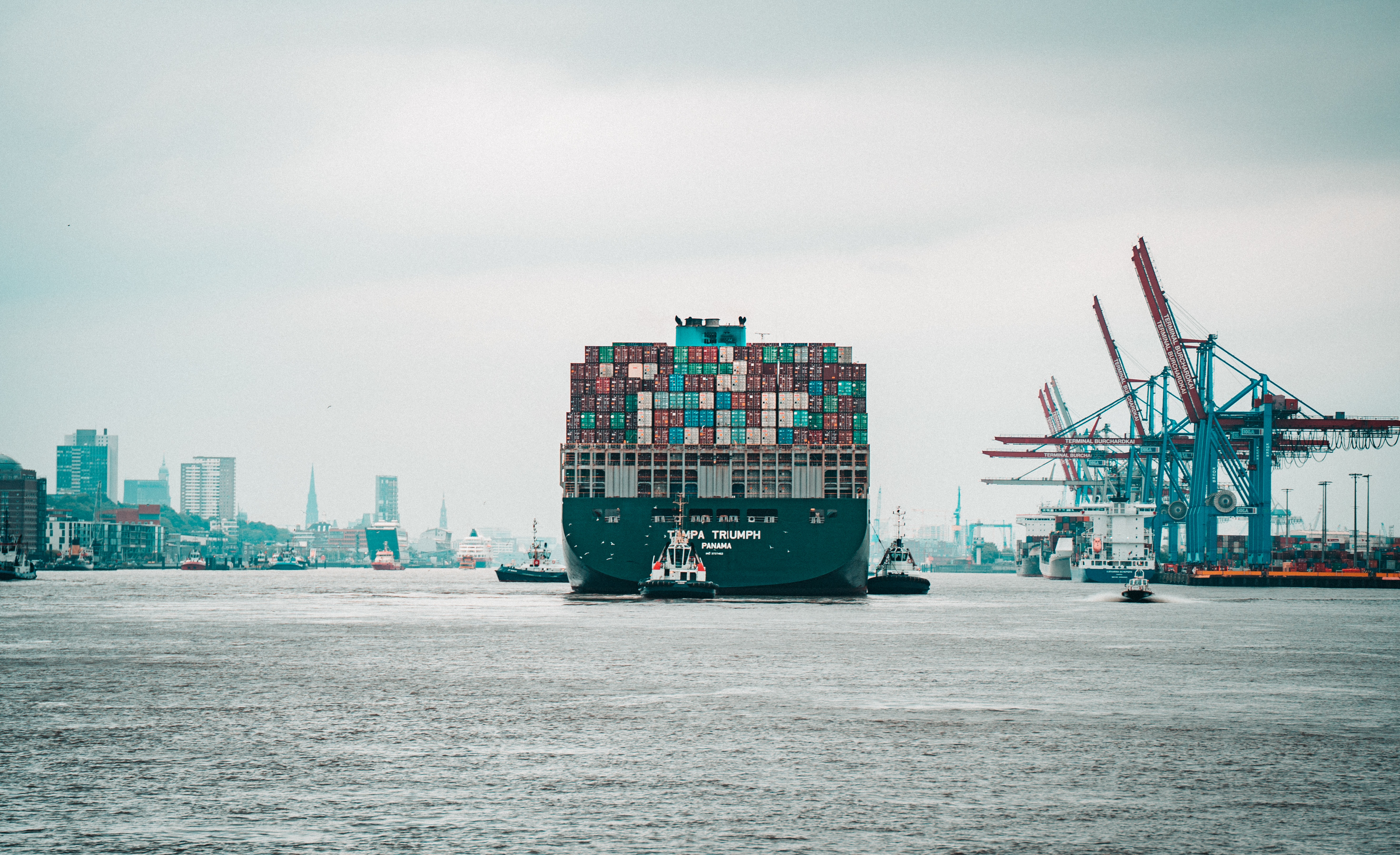International risks are increasing and so is the need to build risk resilience. The world is becoming more interconnected than ever before and this means that if a country or company makes a decision, people around the world are affected by their decisions. And because of this increased connectivity across industries, technologies, borders and cultures, we are experiencing an increase in international risk events as well. We have reviewed some of the international risks that may impact your business in 2023. This year will bring many risks, hopes, and opportunities and an open eye to emerging risks will be useful.
Geopolitical Instability
The most likely generators of geopolitical instability are:
- Risk of conflict between the U.S. and China
- Risk of conflict between the U.S. and Russia
- Risk of conflict between the U.S., Iran, or North Korea
- Expanded conflict in Europe
The impact on business is significant because it affects every industry involved in international trade and investment as well as those that rely on global supply chain management for their operations (such as IT companies). Additionally, geopolitical risks have an indirect effect on local markets due to capital flight from risky markets into supposedly safer ones; this drives up interest rates globally which can lead to recessionary conditions if left unchecked long enough.

Big Data Risk
Big Data represents the next frontier for security and privacy professionals.
Data privacy regulations are new laws in response to big data, which include GDPR in Europe. These laws are designed to protect consumer privacy by requiring companies that collect private information about individuals to obtain consent before using that information for marketing purposes or sharing it with other companies without permission from customers involved in those transactions (e.g., sharing credit card numbers). As a result, the collection of personal information has become more difficult and expensive for companies.
Big data is a business opportunity: Big data is a business risk. Big data is also a threat because there are privacy concerns, as well as security and compliance issues that need to be addressed. Data privacy regulations are new laws in response to big data, which include GDPR in Europe. These laws are designed to protect consumer privacy by requiring companies that collect private information about individuals (e.g., name, address, and other personal information).
Cyber Attacks
Cyber attacks and information security breaches will continue to be a major risk in 2023. Cyber security breaches are on the rise, with the average cost of a data breach rising to $3.62 million in 2018. Cyber attacks can be used to steal information, disrupt operations, or cause physical damage through an explosion or fire.
Cyber attacks can also be used to steal intellectual property, including trade secrets and source code for software or hardware products that could give a competitor an advantage over you in the marketplace. Additionally, cyber criminals can use malware such as ransomware – malicious software that holds your files hostage until you pay for their release – which can destroy critical data and operations at your company if not properly protected against these threats by security measures such as backups and antivirus software installed on all computers within the organization’s network
Cyber security is of the utmost importance to businesses, organizations and individuals. While there are many different aspects of cyber security, they all share a common goal: preventing hackers from accessing your network or computer system. When you hear about cyberattacks in the news, it’s usually because someone has been hacked and had their data stolen by someone else.
Pandemics
Whilst it’s difficult to predict what the next pandemic might be, we can take some lessons from previous pandemics. For example, we know that rapid detection and response is crucial to controlling the spread of an outbreak. This means that public health officials need to work closely with private sector organizations like hospitals and drug companies in order to get vaccines or antivirals into people’s hands as quickly as possible.
There are also global risks associated with pandemics: when one country is affected by a new virus, it can spread across borders very quickly—especially if those borders aren’t well controlled. In 2023 this could lead to problems similar to what happened during the 2014 Ebola outbreak (although fortunately there are no cases of Ebola currently being reported anywhere in Africa).
The good news? We’ve learned a lot about how to better handle emerging pathogens since then, including developing ways of studying viruses faster than ever before so we can respond more effectively if they reach our shores. One company called PathogenX is working on creating synthetic vaccines based on genetic information rather than actual virus material; this could allow them to move much faster than traditional manufacturers are be able to.

Insider Threats
Insider threats are one of the biggest risks to your organization today. According to the Ponemon Institute, the average cost of an insider incident is more than $2 million, with a staggering 72 percent increase in costs between 2015 and 2018. If you want to avoid huge losses, it’s essential that you implement effective insider threat management programs and policies.
Espionage
Espionage is the practice of obtaining information that is considered secret or confidential without the permission of the holder of the information. The practice is clandestine, meaning it is conducted in secret. The information that is obtained is called intelligence. Espionage can be employed by a government or non-government entities to achieve political, economic, trade and business goals outside their borders. States are known to conduct espionage in support of national businesses.
Environmental Risk
Environmental risk is one of the most important and far-reaching environmental risks to consider. It includes a range of factors, such as climate change, pollution and water scarcity.
Environmental risk affects all companies operating abroad but it is particularly relevant for companies in industries that rely on natural resources or are at risk from flooding or other natural disasters. A company’s exposure may vary depending on where it operates and what type of products or services it provides. For example:
Companies involved in agriculture would be most exposed to food security risks (such as drought).
Companies that extract minerals may be at higher risk from floods or landslides caused by poor land management practices upstream.

Supply Chain Risk
One of the most important aspects of a company’s business is its supply chain. A supply chain consists of all the suppliers, distributors and partners that play a role in bringing a product to market. It can be compromised by natural disasters or man-made risks such as terrorism or cyber attacks.
Creating an effective supply chain risk management program will help mitigate the impact of disasters and reduce costs associated with delays in production and distribution caused by unforeseen events like port closures and border restrictions.
Ensure that your suppliers have proper resources, including adequate insurance coverage for their facilities and staff members on hand to deal with disruptions at any time (such as during natural disasters). You should also conduct regular audits to ensure they are complying with environmental regulations related to waste disposal practices or other areas such as labor conditions where noncompliance could lead to fines or even criminal charges against those responsible for running operations smoothly without damaging critical infrastructure such as roads nearby construction sites where heavy machinery could cause damage if improperly operated by unskilled workers who don’t know how best manage risks associated
We are entering a high risk period.
The world is more connected, complex and volatile. And that means whilst the international environment is full of risk and opportunity, we are entering a high risk period. In the past 30 years, we’ve seen an explosion of interconnectedness within and across countries. This has led to greater interdependence between nations as well as new forms of cross-border risks. For example: cyberattacks on critical infrastructure; trade wars resulting from protectionist policies; increased terrorism due to radicalisation and political instability; mass migration caused by climate change impacts like droughts or storms (including sea level rise); pandemics like Ebola or Zika spreading rapidly through urban areas; food shortages due to climate change impacting crop yields (and increasing prices).
In addition to these global risks – which are closely linked – there are also many other types of risks: economic (such as volatility around currency markets), financial (such as capital flight), commercial/corporate (such as supply chain disruption) and personal (e.g., natural disasters). It’s no wonder that millennials around the world worry about their future prospects more than any previous generation!
International risk and 2023
The bottom line is that we need to be vigilant and prepared for the coming risks. We have the technology and resources at our disposal, but it’s up to us as individuals and business leaders to minimize these risks by proactively identifying, monitoring, and mitigating these risks before they are realised.

Pingback: Pashtana Durrani – The International Risk Podcast
Pingback: What lens are you using to analyze the international risk environment – The International Risk Podcast